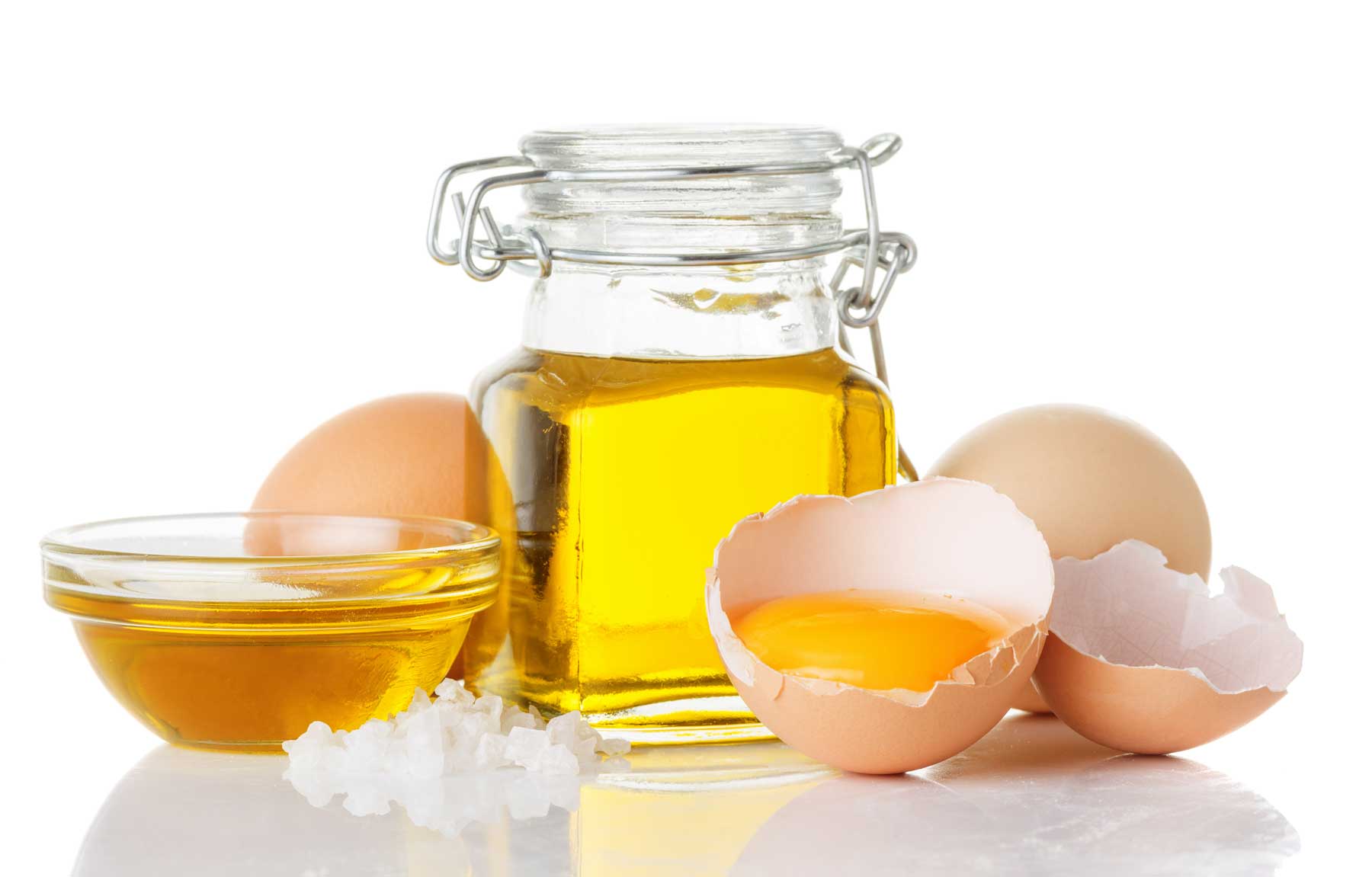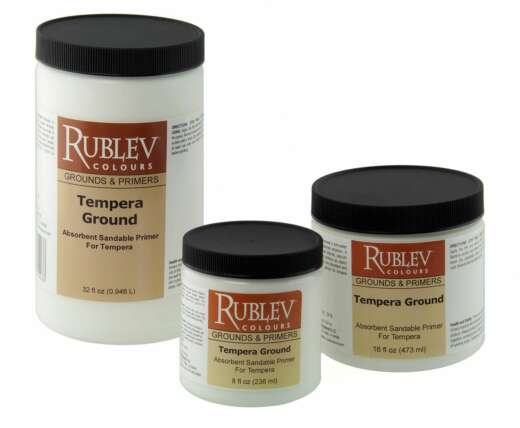
Tempera grassa, which Pietro Annigoni learned from the Russian artist Nikolai Lokoff, is a variation of tempera painting that some believe has been used by artists in the 16th century. However, there is little evidence so far to support this claim.
As an aside, little research has been done to characterize paint films consisting of egg-oil emulsions. Natural Pigments contributed materials for a study conducted by Kristin deGhetaldi, Andrew W. Mellon Painting Conservation Fellow, at the National Gallery, Washington, DC, in an attempt to study films made with varying proportions of egg and oil. Hopefully, with the data provided by this study, scientists will be able to identify paintings that are egg-oil emulsions (and not simply egg yolk added to pigment or oil during the painting session).
Perhaps one of the best-written sources on tempera grassa is in Egg Tempera Painting, Tempera Underpainting, Oil Emulsion Painting, A Manual Of Technique, by Vaclav Vytlacil and Rupert Davidson Turnbull. The authors provide essential recipes, among much other suitable information, on different oil-water to water-oil emulsions:


LEAN TEMPERA
Emulsions
1 Egg, 2 Water or
1 Egg, 1 Damar, 2 Water
Colours Ground in 1 Egg, 1 Damar, 2 Water
MEDIUM FAT TEMPERA
Emulsion
1 Egg, 1 Linseed Oil, 2 Water
Colours Ground in 1 Egg, 1 Oil, 2 Water
PASTOSE TEMPERA
Emulsions
1 Egg, 1 Oil, 2 Water
1 Egg, 1 Sun-thickened Oil, 2 Water
Colours Ground in 1 Egg, 1 Oil, 2 Water
Note 1: The simplest method of mixing the following emulsions is to use one egg as the unit of measure. Cut a small hole in the top of the egg, pour out the contents, and use the empty shell to measure the oil, varnish, water, etc. This has the advantage of not making too much emulsion at one time. It will be found, especially in hot weather, that the emulsions go bad if made in large quantities unless, of course, you are painting huge pictures. In hot weather, it is advisable to stand the emulsion in a dish of cold water or, better still, in a refrigerator.
Note 2: The most outstanding care must be observed to use only bottles or jars for the emulsion that are absolutely clean! Bottles that have contained an emulsion that has gone bad may, by being boiled in soapy water and then soaked in some strong disinfectant, be used again. Still, we have always found that it saves time and is safer to throw away such bottles and use fresh ones, as the slightest particle of the old bad emulsion is enough to make a fresh one turn bad very quickly.
Note 3: The following procedure is recommended for making all the above emulsions:—Always begin with the egg. Please put it in a bottle, preferably a short fat bottle, cork it tightly and shake vigorously till the yolk and white are well mixed. Then add the oil or varnish and shake for one or two minutes. Always add the water last, and shake vigorously for at least five minutes, better for ten minutes.
Based on the book, available online: Egg Tempera Painting, Tempera Underpainting, Oil Emulsion Painting; A Manual Of Technique. The first edition is in the Natural Pigments library.










